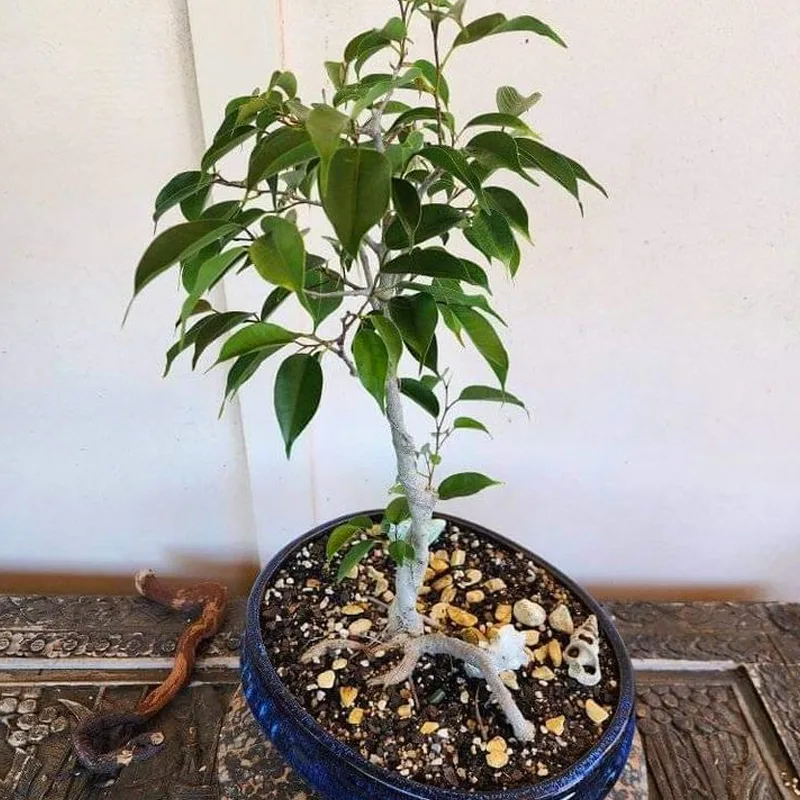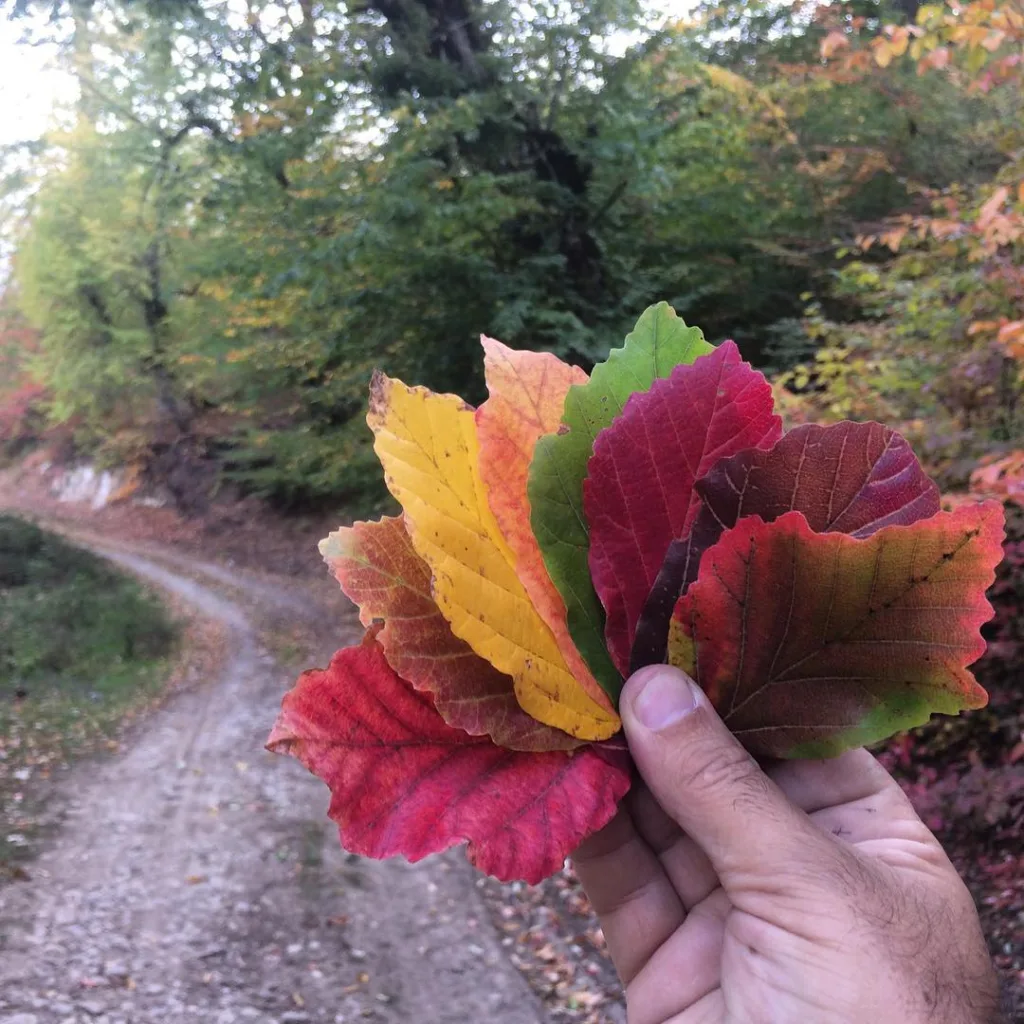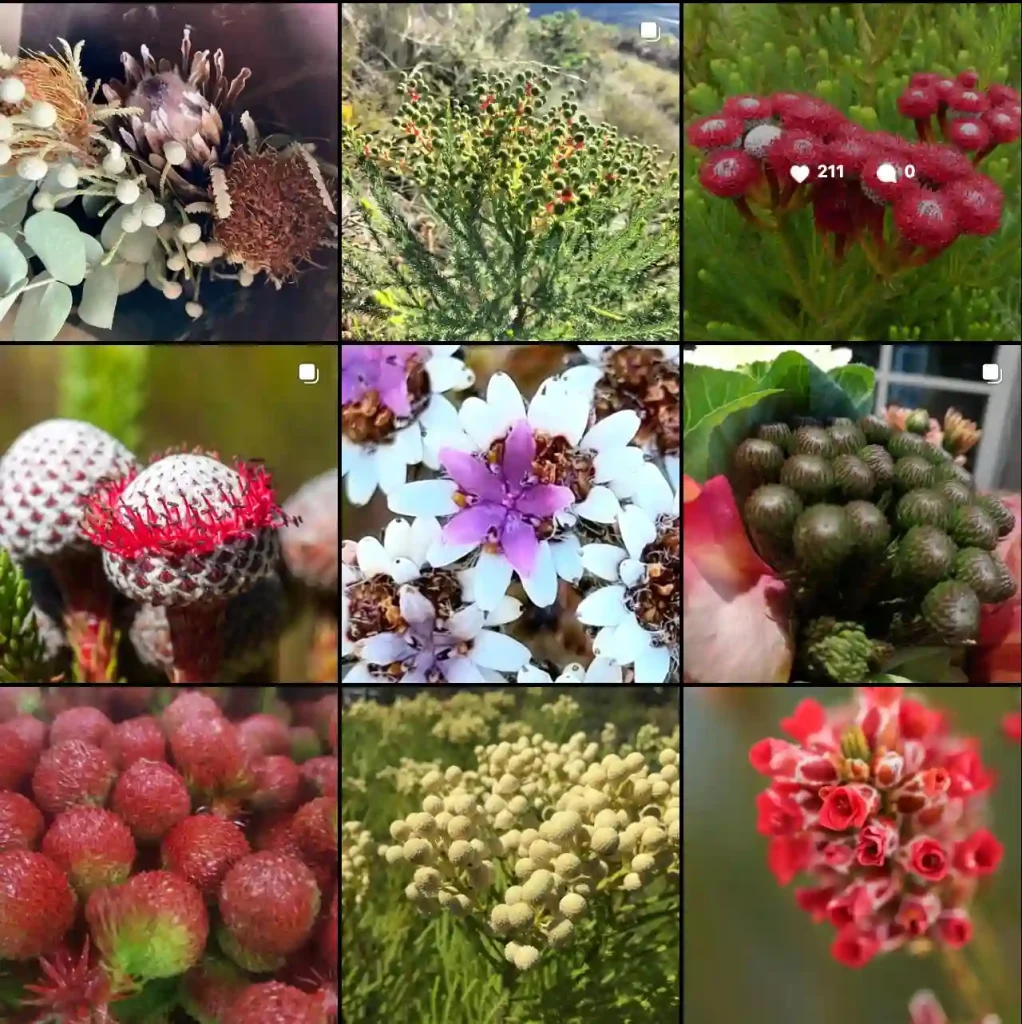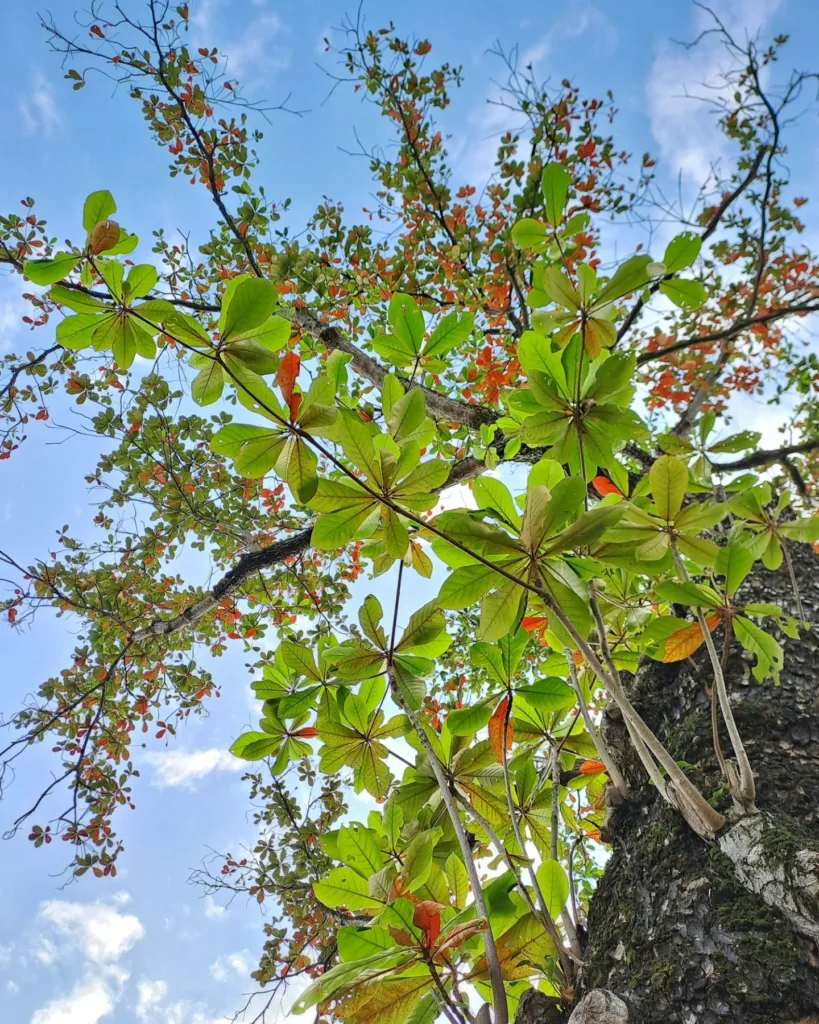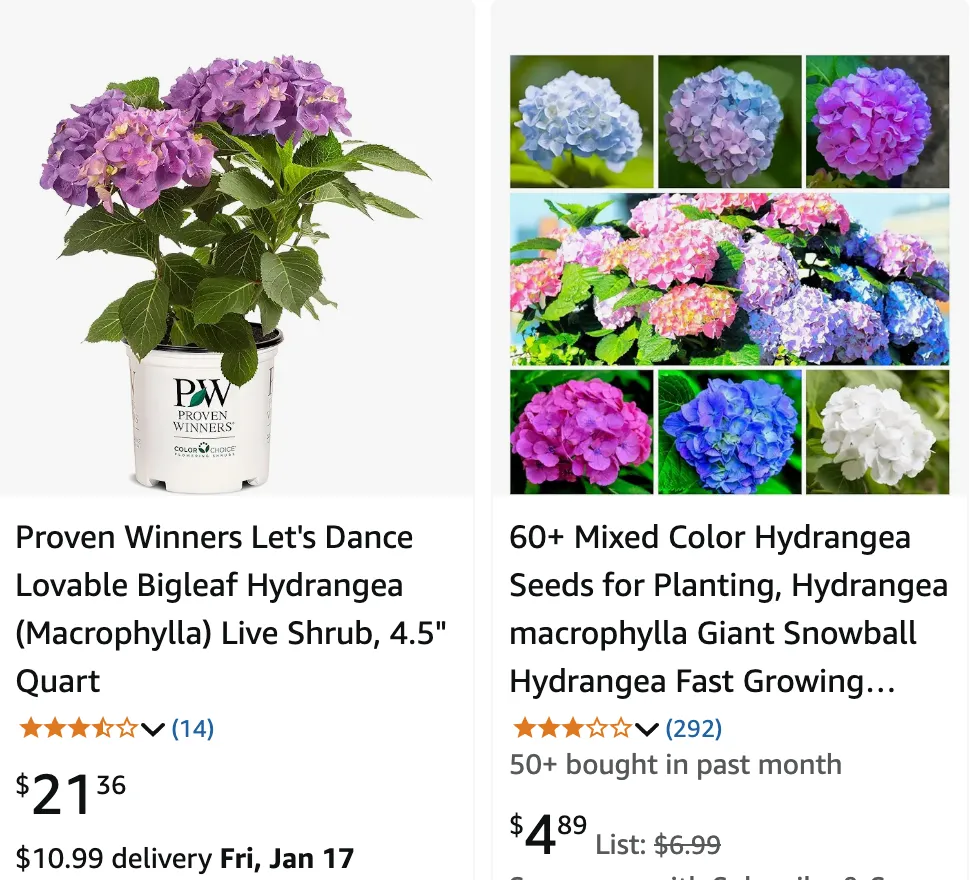
100 Species in Genus Hydrangea
What is Hydrangea Macrophylla?
Hydrangea Macrophylla, commonly known as bigleaf hydrangea, is a popular flowering shrub prized for its large, colorful blooms. It is native to Japan and comes in two main forms: mophead (with globe-like flowers) and lacecap (with flat-topped flowers surrounded by larger petals). The flower color often changes depending on the soil’s pH, ranging from blue in acidic soils to pink in alkaline soils.
When should you prune Hydrangea Macrophylla?
The best time to prune Hydrangea Macrophylla is immediately after it finishes blooming, usually in late summer. This timing ensures that you don’t accidentally remove buds for the next year, as this variety blooms on old wood.
How do you prune Hydrangea Macrophylla?
To prune Hydrangea Macrophylla, start by removing dead or damaged wood. Next, cut back spent flowers to a pair of healthy buds. Avoid heavy pruning unless necessary, as this can reduce next year’s blooms.
How do you care for Hydrangea Macrophylla?
Caring for Hydrangea Macrophylla involves planting it in well-drained, rich soil and providing consistent moisture. They thrive in partial shade and benefit from a layer of mulch to retain soil moisture. Fertilize in spring and mid-summer with a balanced fertilizer to promote healthy growth and blooms.
Are Hydrangea Macrophylla perennials?
Yes, Hydrangea Macrophylla are perennials, meaning they come back year after year if properly cared for.
Can Hydrangea Macrophylla be planted outside?
Yes, Hydrangea Macrophylla can be planted outside. They prefer a location with morning sun and afternoon shade, and they do best in USDA hardiness zones 5-9.
Can Hydrangea Macrophylla grow in full sun?
Hydrangea Macrophylla can tolerate full sun in cooler climates, but in hotter regions, they need partial shade to prevent leaf scorch and maintain optimal health.
Do Hydrangea Macrophylla attract bees?
Yes, Hydrangea Macrophylla, particularly lacecap varieties, attract bees and other pollinators due to their open, nectar-rich flowers.
Do Hydrangea Macrophylla bloom on old wood?
Yes, Hydrangea Macrophylla blooms primarily on old wood. This means flower buds are formed on stems from the previous year’s growth.
Does Hydrangea Macrophylla bloom on new wood?
While Hydrangea Macrophylla primarily blooms on old wood, some modern cultivars are remontant, meaning they can also bloom on new wood, providing flowers over a longer season.
How big does Hydrangea Macrophylla grow?
Hydrangea Macrophylla typically grows to a height and spread of 3-6 feet, although mature size can vary depending on the specific cultivar and growing conditions.
How do you deadhead Hydrangea Macrophylla?
To deadhead Hydrangea Macrophylla, simply snip off spent flowers just above a pair of healthy buds or leaves. This encourages new growth and keeps the plant looking tidy.
Hydrangea Macrophylla vs Arborescens?
Hydrangea Macrophylla blooms on old wood and offers variable flower colors depending on soil pH. Hydrangea Arborescens, like the ‘Annabelle’ variety, blooms on new wood, has white flowers, and is more tolerant of extreme climates.
Hydrangea Macrophylla vs Paniculata?
Hydrangea Macrophylla produces large, colorful blooms that change with soil pH, while Hydrangea Paniculata features cone-shaped white to pink flowers and is more sun-tolerant.
Hydrangea Macrophylla vs Annabelle?
Hydrangea Macrophylla is known for its color-changing blooms, while ‘Annabelle’, a variety of Hydrangea Arborescens, is valued for its large, pure white flowers and ability to bloom on new wood.
How do you propagate Hydrangea Macrophylla?
Propagate Hydrangea Macrophylla through softwood cuttings in spring or early summer. Take a 4-6 inch cutting, remove lower leaves, and place it in a moist potting mix. Keep it in a warm, humid environment until roots form.
What to plant with Hydrangea Macrophylla?
Hydrangea Macrophylla pairs well with shade-loving plants like hostas, ferns, and astilbes. For a complementary color scheme, consider planting with flowering shrubs like azaleas or rhododendrons.
Can you grow Hydrangea Macrophylla indoors?
Hydrangea Macrophylla can be grown indoors temporarily, especially in decorative pots during its blooming season. However, they thrive best when planted outdoors.
Is Hydrangea Macrophylla toxic?
Yes, Hydrangea Macrophylla is toxic to pets and humans if ingested, as it contains cyanogenic glycosides. Keep it out of reach of children and pets.
What are the benefits of Hydrangea Macrophylla?
Hydrangea Macrophylla adds beauty to gardens with its vibrant, long-lasting blooms. It’s also a versatile plant for landscaping and works well in borders, containers, and as a focal point.
What are common problems with Hydrangea Macrophylla?
Common issues include leaf scorch, powdery mildew, and bud damage due to frost. Ensuring proper planting location, watering, and maintenance can help mitigate these problems.
Can Hydrangea Macrophylla grow in pots?
Yes, Hydrangea Macrophylla can be grown in pots, provided the container is large enough and has good drainage. Use rich, well-draining soil and water consistently to keep the plant healthy.
What is the difference between mophead and lacecap Hydrangea Macrophylla?
Mophead varieties have globe-shaped flower clusters, while lacecap varieties have flat-topped clusters with a ring of larger, showy blooms around the edges. Both are part of the Hydrangea Macrophylla species.
Hydrangea Macrophylla is a stunning and versatile plant, offering a wide range of colors and uses in the garden. With proper care and attention, it can thrive for years, adding beauty and charm to any landscape.
If i die, water my plants!
